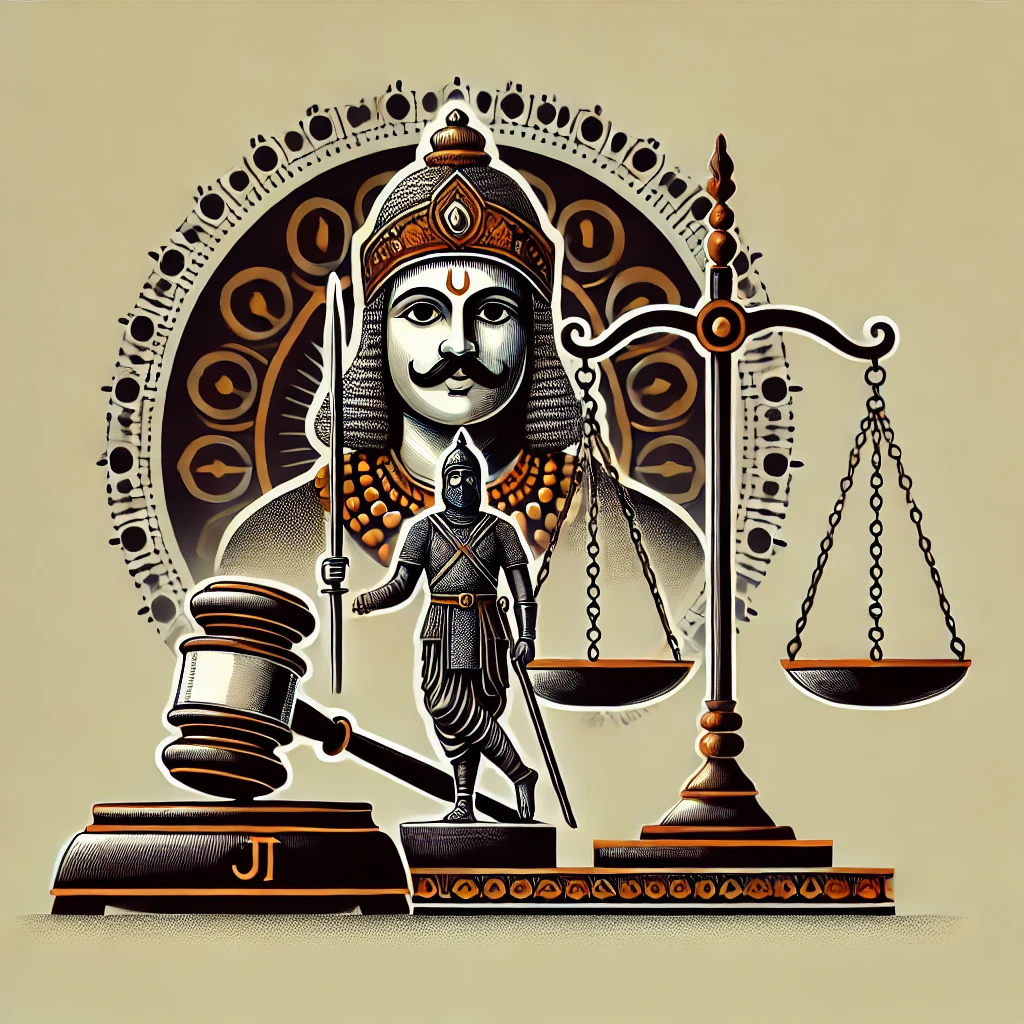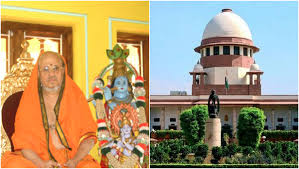S. Nitheen Vs. State of Kerala [May 15, 2024]
🧑⚖️ Background of the Case
The case revolves around an allegation of bigamy.
The complainant, Mr. Reynar Lopez, was legally married to Ms. Lumina (Accused No. 1) in 2007, under Christian rites.
While that marriage was still legally in force, it was alleged that Ms. Lumina got married a second time in 2010 to Mr. Saneesh (Accused No. 2), under the Special Marriage Act.
Along with them, five other people were named as accused:
A3 (Flory Lopez) – mother of Lumina
A4 (Vimal Jacob) – brother of Lumina
A5, A6, A7 – friends of the second couple, who were said to be witnesses at the second marriage.
⚖️ Legal Charges Involved
The complainant filed a criminal case alleging bigamy under Section 494 of the Indian Penal Code (IPC) against all seven accused.
He also invoked Section 34 IPC, which deals with common intention, implying that all the accused acted together with a shared criminal purpose.
📜 Section 494 IPC (Bigamy)
This law punishes a person who marries again while their first marriage is still valid and subsisting.
To prove bigamy:
The first marriage must be valid under the law.
It must be subsisting (not legally dissolved).
The second marriage must also be solemnized while the first is still in force.
The person must be legally capable of marriage at the time of the second marriage.
❓ Main Legal Question Before the Court
The central issue was:
Can relatives and friends of the couple be prosecuted for bigamy just because they were present at the second marriage or acted as witnesses?
In other words, does mere presence at the second marriage, without direct involvement or intention, amount to a crime under Section 494 read with Section 34?
🧵 Procedural History
The Magistrate's Court found a prima facie case and directed that charges be framed against all seven accused.
The Sessions Court upheld this decision when the accused challenged it.
The accused then approached the Kerala High Court, which refused to quash the charges.
Finally, the matter reached the Supreme Court of India via a Special Leave Petition (SLP) filed by accused A3 to A7 (relatives and friends, not the main parties to the alleged bigamous marriage).
🧠 Supreme Court’s Reasoning
The Supreme Court carefully examined the role of each accused and the requirements of Section 494 and Section 34 IPC.
🔹 A. Role of A1 and A2 (The Couple)
Ms. Lumina (A1) and Mr. Saneesh (A2) were directly involved in the alleged bigamous marriage.
Therefore, the trial against them was allowed to continue.
🔹 B. Role of A3 to A7 (Relatives and Friends)
The Court noted:
✅ No evidence of participation:
For A3 (mother) and A4 (brother), there was no evidence that they even attended the second marriage ceremony.
✅ Mere presence ≠ crime:
A5, A6, A7 were only alleged to be witnesses to the second marriage.
The law does not punish mere attendance or witnessing a marriage ceremony, even if the marriage turns out to be unlawful.
✅ No “common intention” proven:
Section 34 IPC requires that the accused acted together with a shared criminal intent.
In this case, there was no allegation or proof that the relatives or friends:
Knew about the first marriage
Encouraged or abetted the second marriage
Did any act that contributed to the commission of bigamy
Without such proof, Section 34 IPC cannot apply.
📌 Key Legal Principles Reaffirmed by the Supreme Court
Only the person entering a second marriage while the first is subsisting can be charged with bigamy.
Friends, family, or witnesses cannot be held criminally liable under Section 494 IPC unless they actively abetted or facilitated the bigamous marriage knowingly.
Mere presence at the ceremony or familial relationship does not create criminal liability.
Courts must guard against misusing criminal law to unnecessarily rope in relatives and acquaintances.
🧑⚖️ Final Verdict
The Supreme Court quashed the charges against Accused Nos. 3 to 7 (A3 to A7).
It held that prosecuting them would be an abuse of the legal process.
The case was allowed to proceed only against A1 and A2 (the woman and the man she allegedly married while her earlier marriage was still valid).
🧭 Importance of the Judgment
This judgment is significant because:
It protects innocent people (especially family and friends) from being dragged into criminal trials without specific allegations or evidence.
It clarifies the scope of Section 494 IPC and limits the misuse of Section 34 IPC in family disputes.
It reflects the Court’s approach of not criminalizing social presence at potentially invalid ceremonies unless there’s evidence of intent and knowledge.






























0 comments